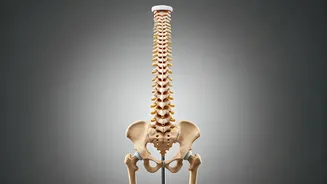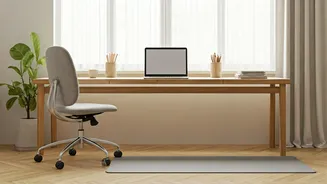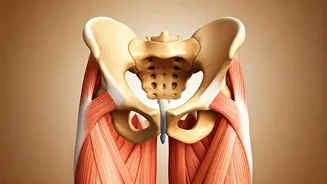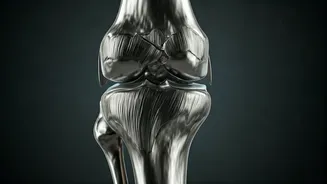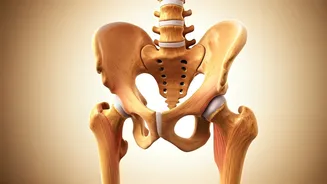Understanding Posture Problems
The prevalence of rounded shoulders and tech neck is largely linked to modern lifestyles. Prolonged periods spent hunched over screens, whether smartphones
or computers, contribute significantly to these postural issues. This forward head posture, or tech neck, strains the neck muscles and misaligns the spine. Rounded shoulders, another common issue, often stem from weakened back muscles and tight chest muscles. The root of these problems involves muscular imbalances and the effects of gravity, exacerbated by sedentary behavior. Recognizing these causes is the first step toward correcting them.
Daily Posture Adjustments
Incorporating conscious postural adjustments into your daily routine is vital. Start by being mindful of your posture throughout the day. When sitting, ensure your shoulders are relaxed, and your back is straight with the support of a chair that has lumbar support. Your feet should be flat on the floor, and your screen should be at eye level. When using mobile devices, hold them at eye level whenever feasible to prevent the head from jutting forward. Consider taking frequent breaks to stand up, stretch, and walk around. These breaks counteract the negative effects of prolonged sitting and help to engage various muscle groups that support good posture. This helps prevent the body from solidifying into a less than ideal form.
Exercises for Improvement
Specific exercises can help reverse the damage and strengthen muscles. One effective exercise is the wall angel. Stand with your back against a wall, making sure your head, shoulders, and buttocks are in contact. Then, try to slide your arms up the wall, bending at the elbows, aiming for a 90-degree angle. This movement strengthens the upper back and stretches the chest. Another helpful exercise is the chin tuck. Gently pull your chin back, as if making a double chin, to counteract the forward head posture. Strengthening the muscles around the shoulder blades is key as well. Regularly practicing these exercises can lead to significant improvements in posture over time. Remember to consult a professional, such as a physical therapist, for customized advice.
Ergonomic Setup Matters
Optimizing your workspace is essential for maintaining good posture. The height of your desk and chair should be appropriate for your body. The monitor should be positioned so that the top of the screen is at or slightly below eye level. Using a keyboard and mouse that promote neutral wrist positions can reduce strain on the wrists and shoulders. Consider investing in an ergonomic chair designed to support your back's natural curve. Ensure good lighting to prevent straining your eyes and neck. Simple adjustments like these can have a substantial impact on your posture and comfort during the workday.
Tech Breaks and Awareness
Integrating regular breaks and heightened awareness into your tech usage is essential for preventing tech neck and related postural issues. Set timers to remind yourself to stand, stretch, and move around every 20-30 minutes. This helps to prevent the muscles from becoming stiff and the posture from becoming fixed in a poor position. Practice mindful use of technology; notice when you are slouching or tilting your head. This conscious awareness is the first step toward making consistent corrections. Think of stretching as a part of your daily hygiene routine and plan the time for these breaks, whether it is every hour or two. This small change can substantially improve your physical well-being.
Long-Term Habits
Making lasting changes to your posture requires a commitment to consistent, long-term habits. Make the above-mentioned practices a normal part of your lifestyle. Focus on incorporating these small improvements into your everyday routine so that they become second nature. Consistency is key, and the small improvements in posture can make you feel a lot more comfortable and help you avoid future problems. Recognize that it will take time and effort to observe tangible results. Be patient, continue to stay diligent, and celebrate your progress along the way. Remember that good posture not only enhances physical appearance, but also can boost your mood and self-confidence, leading to overall health and well-being.
